💥CONTEST: Want to win $1,000 in grocery gift cards?
We’re giving you the chance to stock your fridge on us! 🛒🥬
SPACES is growing fast in our community, and to celebrate, we’re giving away $1,000 in gift cards to Food Basics! 🍎🧀
Entering for a chance to win is easy: just sign up for SPACES ✅
Already a SPACES member? You’re automatically entered! 🎉
One lucky winner will be randomly selected from all SPACES members when the contest closes on May 23 at 12 p.m.
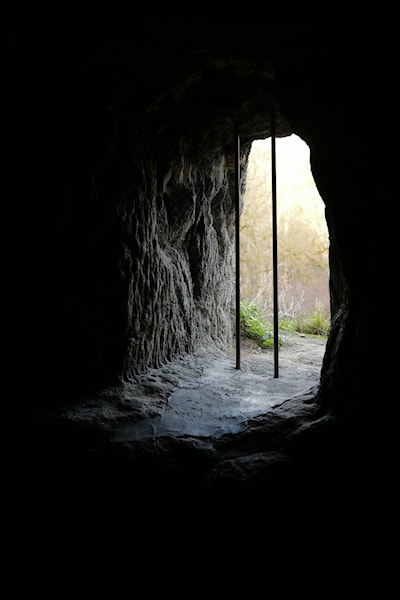
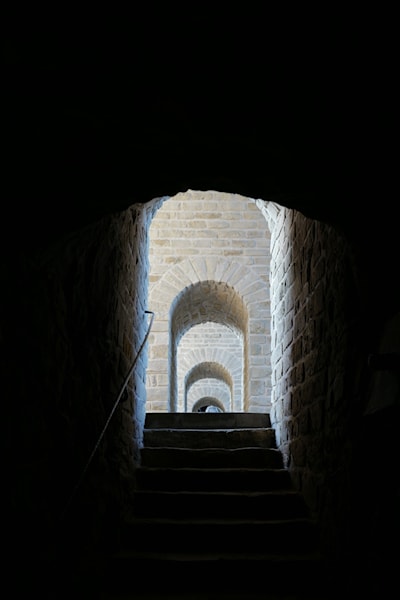

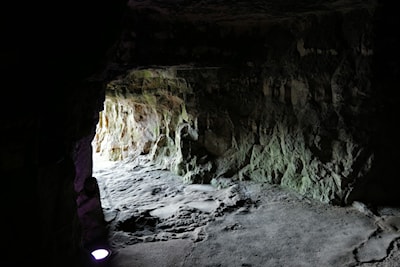
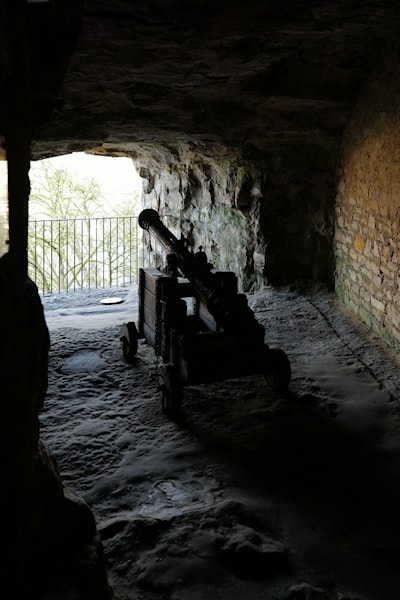
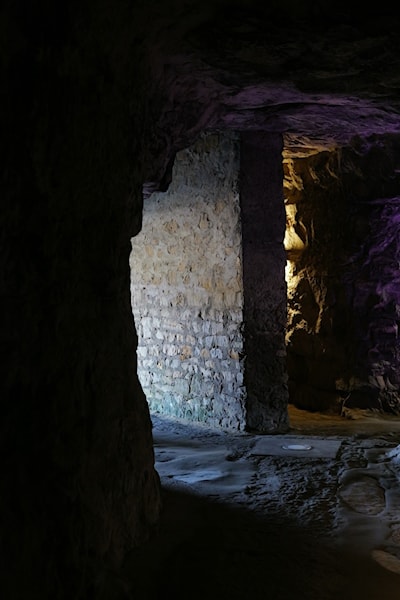
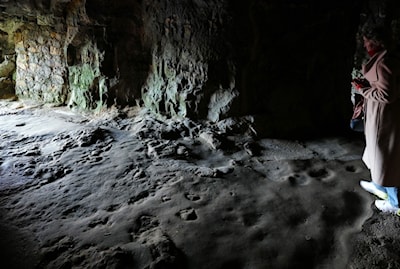
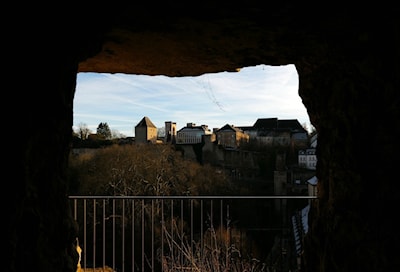








Luxembourg’s "casemates"
More travel pictures with a twist. All were taken underground, trying to capture the extreme contrast between the daylight that extends along shafts into the exterior and blackness inside most of the tunnels .
As some background, long ago Luxembourg was one of the most envied fortresses in Europe. The casemates (or we would call them ...tunnels) made this possible as they linked to the city centre of Luxembourg, to an immense underground military defence system.
The first casemates were built in 1644, under Spanish domination. The enlargement of the 23 km long underground galleries took place 40 years later, under the direction of the military engineer and fortifications builder Vauban, and later, in the 18th century, under that of the Austrians. The defence system extended over several storeys and comprised galleries carved out to a depth of 40 metres.
Due to these impressive fortifications, Luxembourg was known as the “Gibraltar of the North”. In 1867, the fortress was evacuated and had to be dismantled following the neutralisation of Luxembourg. The dismantling lasted 16 years and the casemates were reduced to 17 km. Because of its underground location in the city, the network could never be destroyed without damaging a large part of the city above.
During the two world wars, they served as a shelter with the capacity to protect 35,000 people in the event of an alert or bombardment.
In 1994, UNESCO inscribed them on the list of World Heritage Sites. I describe them as a 'must see'.